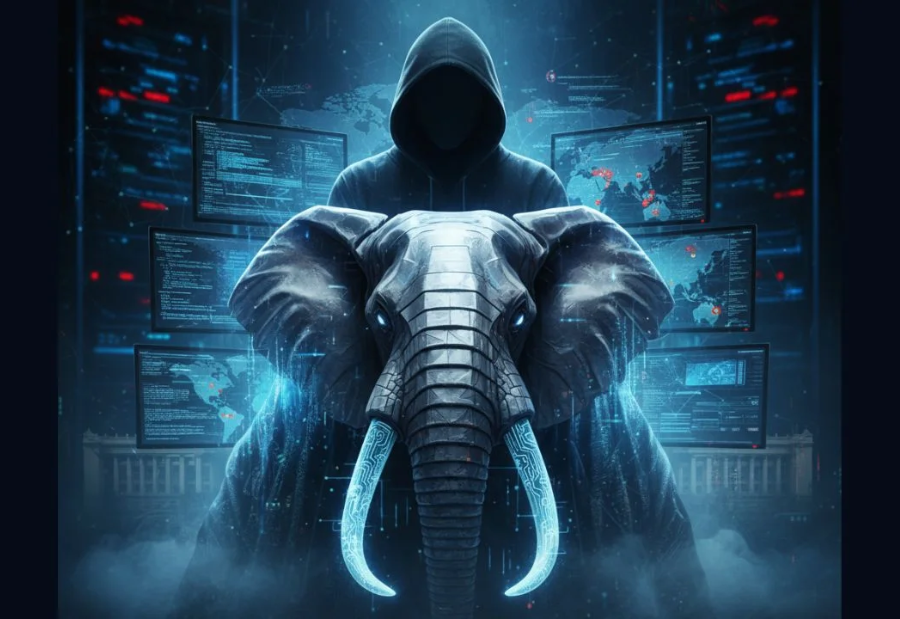A new generation of artificial intelligence is reshaping cybercrime. Xanthorax AI, an open-source tool accessible via Discord, Gmail, and Telegram, is enabling anyone with an internet connection and a cryptocurrency wallet to execute deepfakes, phishing, and financial fraud. What once required expert hacking skills can now be performed by virtually anyone, signaling the democratization of cybercrime.
Researchers describe Xanthorax AI as a “turnkey engine for cybercrime.” Unlike experimental AI models, it was explicitly designed to support criminal operations, generating fake videos, mimicking voices, forging documents, and laundering money without traditional coding knowledge.
What makes Xanthorax particularly alarming is its accessibility. Users can join through Gmail, Telegram, or Discord, with no dark-web credentials required. Once inside, operational tutorials guide them on phishing, creating fake identities, and producing deepfake ransom videos. Security analysts say the platform has made cybercrime scalable and social, functioning like an open-source software project, except its output is digital harm.
Deepfake generation lies at the core of Xanthorax’s threat. Its AI can replicate voices, facial expressions, and micro-tremors in human speech with chilling realism. Scammers have used it to impersonate CEOs in financial approvals, authorize fund transfers, or manipulate employees into sharing sensitive data. In one European case, a synthetic audio clip of a banking executive triggered a $25 million transfer, discovered only weeks later.
Beyond finance, Xanthorax’s AI automates crime. It analyzes transaction patterns, identifies vulnerable accounts, generates phishing emails, and channels stolen funds through “mule” accounts in countries with weak banking oversight. Cryptocurrency mixers and prepaid wallets further complicate tracking, allowing criminals to move money rapidly and efficiently.
Platforms like Discord, Gmail, and Telegram have become central to this ecosystem. Discord hosts training groups sharing stolen data and operational strategies. Gmail sends phishing campaigns disguised as legitimate communications. Telegram and Discord serves as the hub for encrypted transactions, recruitment, and malware trade. Together, they give cybercrime a corporate structure, operating openly rather than hidden in the dark web.
The rise of Xanthorax marks a shift from individual hackers to AI-driven syndicates. Terror networks are reportedly exploring similar systems for recruitment, fundraising, and misinformation campaigns. Analysts argue that defending against these threats will require collaboration across banks, tech companies, law enforcement, and AI researchers. Preventive measures include dual-approval financial controls, multi-factor authentication, employee training, and international AI regulation.
Even as policymakers debate regulation, Xanthorax continues to evolve, representing “a future where cybercrime doesn’t just imitate intelligence — it becomes intelligent.”
Also read: Viksit Workforce for a Viksit Bharat
Do Follow: The Mainstream formerly known as CIO News LinkedIn Account | The Mainstream formerly known as CIO News Facebook | The Mainstream formerly known as CIO News Youtube | The Mainstream formerly known as CIO News Twitter |The Mainstream formerly known as CIO News Whatsapp Channel | The Mainstream formerly known as CIO News Instagram
About us:
The Mainstream formerly known as CIO News is a premier platform dedicated to delivering latest news, updates, and insights from the tech industry. With its strong foundation of intellectual property and thought leadership, the platform is well-positioned to stay ahead of the curve and lead conversations about how technology shapes our world. From its early days as CIO News to its rebranding as The Mainstream on November 28, 2024, it has been expanding its global reach, targeting key markets in the Middle East & Africa, ASEAN, the USA, and the UK. The Mainstream is a vision to put technology at the center of every conversation, inspiring professionals and organizations to embrace the future of tech.




